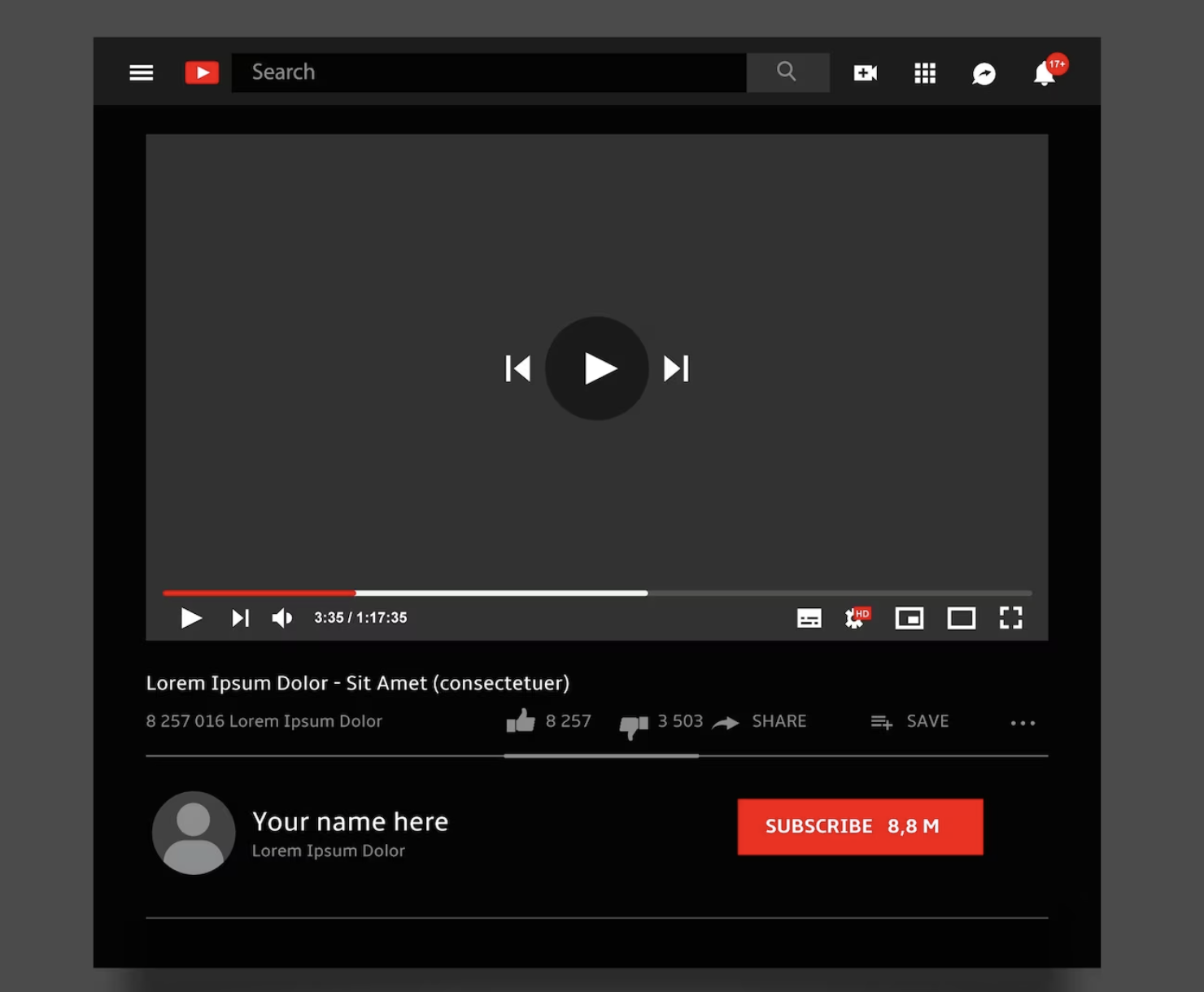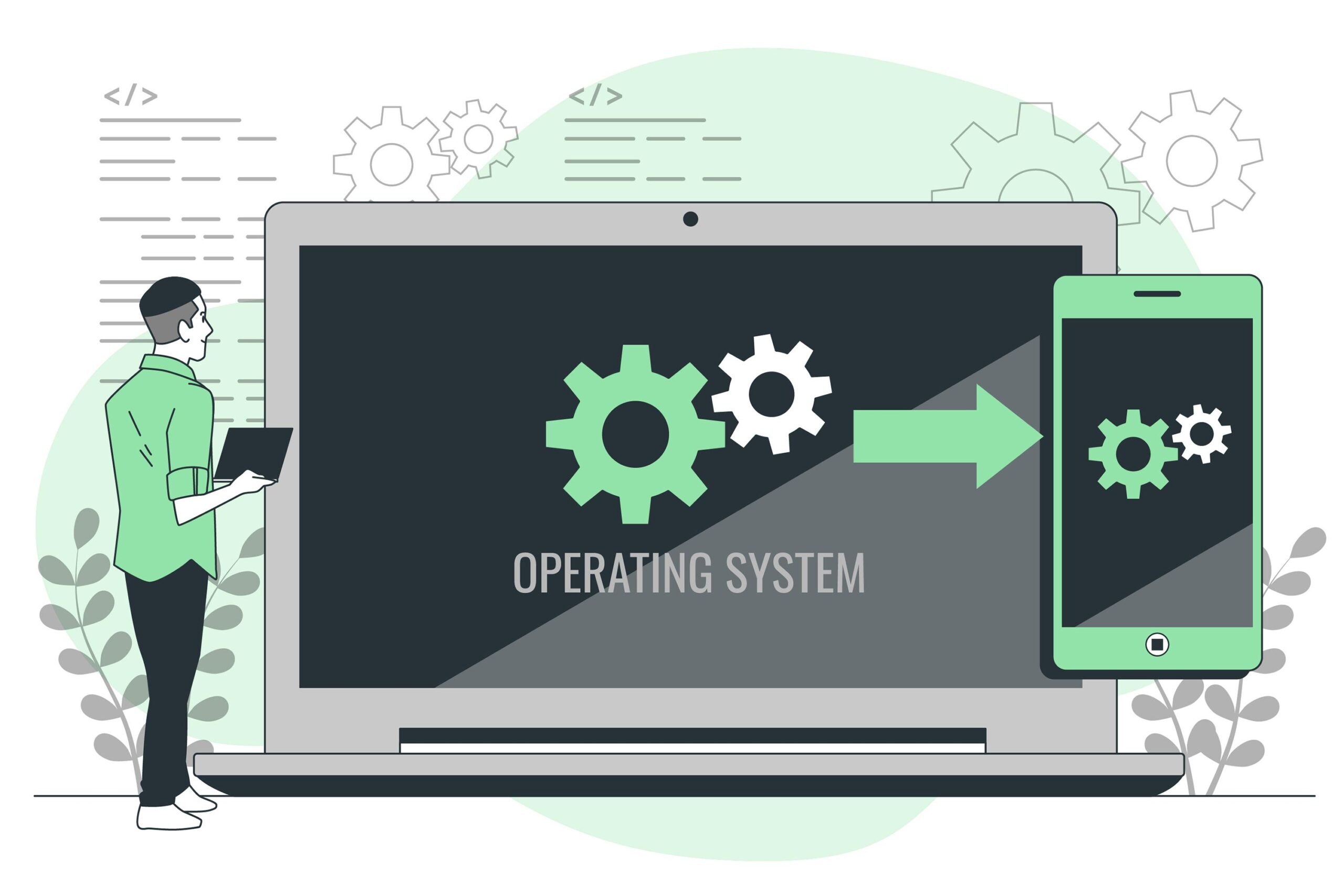Sending an Ajax request in Laravel is similar to sending Ajax requests in other web development frameworks. Laravel provides built-in support for handling Ajax requests with the help of the Axios library. Here are the steps to send an Ajax request in Laravel:
1. Include Axios in Your Project:
Make sure Axios is included in your project. You can include it via a CDN or install it using npm or yarn. To install it using npm, open your terminal and run the following command:
npm install axiosIf you prefer using yarn, you can use the following command:
yarn add axios2. Create a Route:
In your Laravel application, define a route in the routes/web.php or routes/api.php file that will handle your Ajax request. For example:
Route::post('/ajax/request', 'YourController@ajaxAction')->name('ajax.request');3. Create a Controller Method:
In your controller (e.g., YourController.php), create a method that will handle the Ajax request:
public function ajaxAction(Request $request)
{
// Your code to process the Ajax request goes here
}4. Create the Ajax Request in Your JavaScript:
In your JavaScript file, you can use Axios to send the Ajax request. Here’s an example using Axios to send a POST request:
import axios from 'axios';
// Send an Ajax request
axios.post('/ajax/request', {
// Data to send to the server
key1: 'value1',
key2: 'value2',
})
.then(response => {
// Handle the response from the server
console.log(response.data);
})
.catch(error => {
// Handle any errors that occurred during the request
console.error(error);
});Replace /ajax/request with the URL of the route you defined in step 2.
5. Add CSRF Token (Optional):
If your Laravel application uses CSRF protection (which is the default), you may need to include the CSRF token in your Ajax request. You can add the CSRF token to your Axios requests like this:
import axios from 'axios';
const csrfToken = document.querySelector('meta[name="csrf-token"]').getAttribute('content');
axios.defaults.headers.common['X-CSRF-TOKEN'] = csrfToken;
// Send an Ajax request as shown in step 46. Handle the Request in the Controller:
In your controller’s ajaxAction method, you can process the Ajax request, perform any necessary database operations, and return a response:
public function ajaxAction(Request $request)
{
// Process the request data
$data = $request->all();
// Perform database operations or other tasks
// Return a response (e.g., JSON)
return response()->json(['message' => 'Request processed successfully']);
}7. Handle the Response in Your JavaScript:
In your JavaScript, handle the response from the server as shown in step 4.
That’s it! You have successfully sent an Ajax request in Laravel and handled it on the server side. You can customize this process further based on your specific needs, but these steps provide a basic outline of how to work with Ajax requests in a Laravel application.


